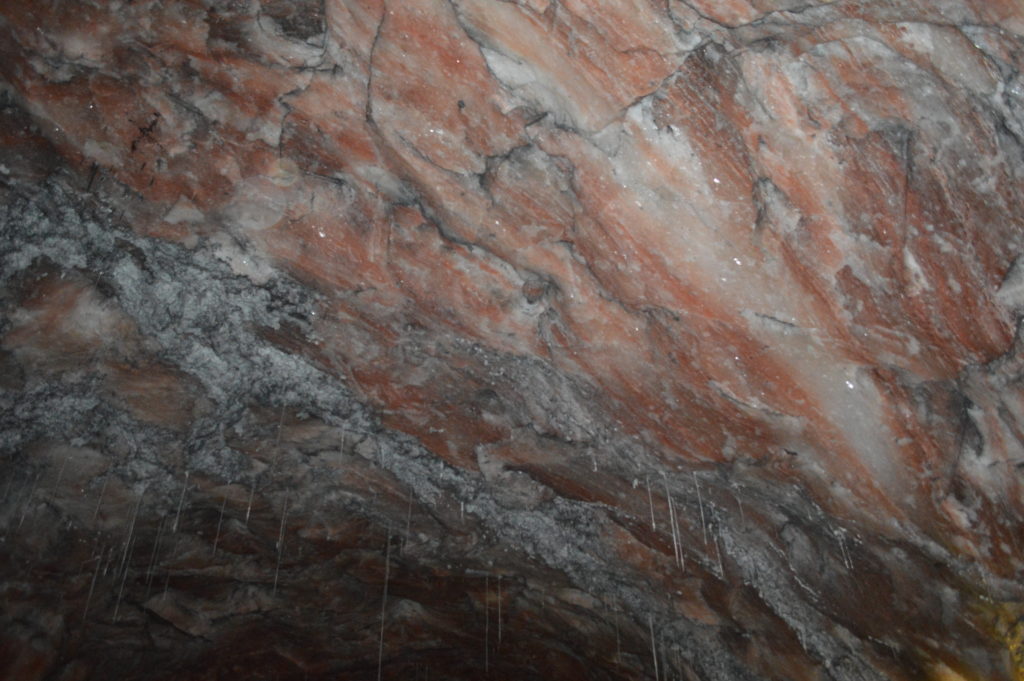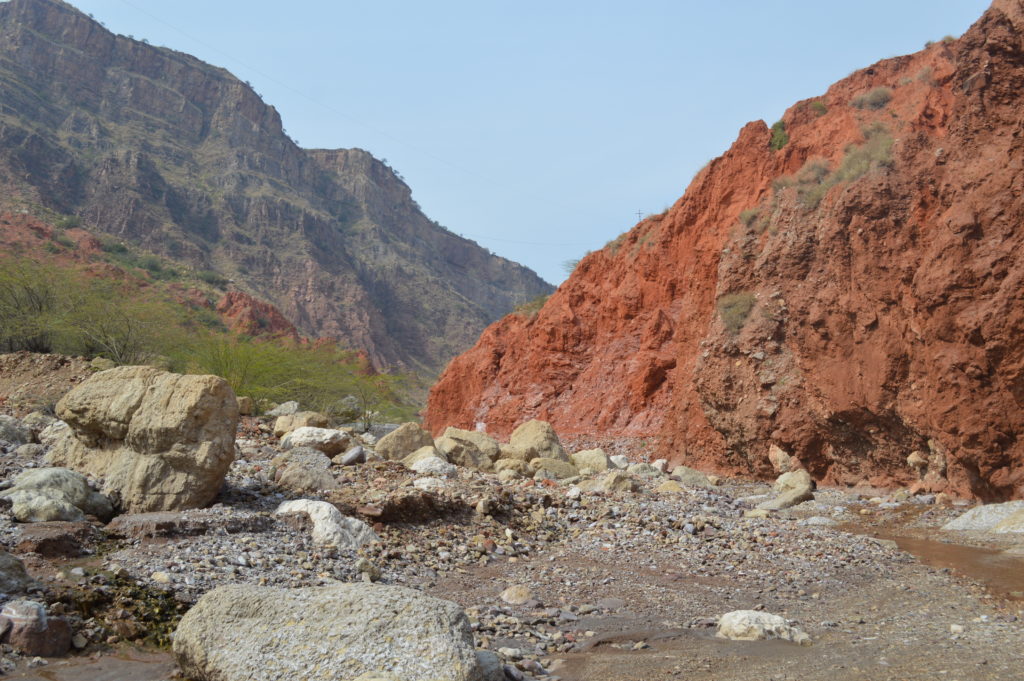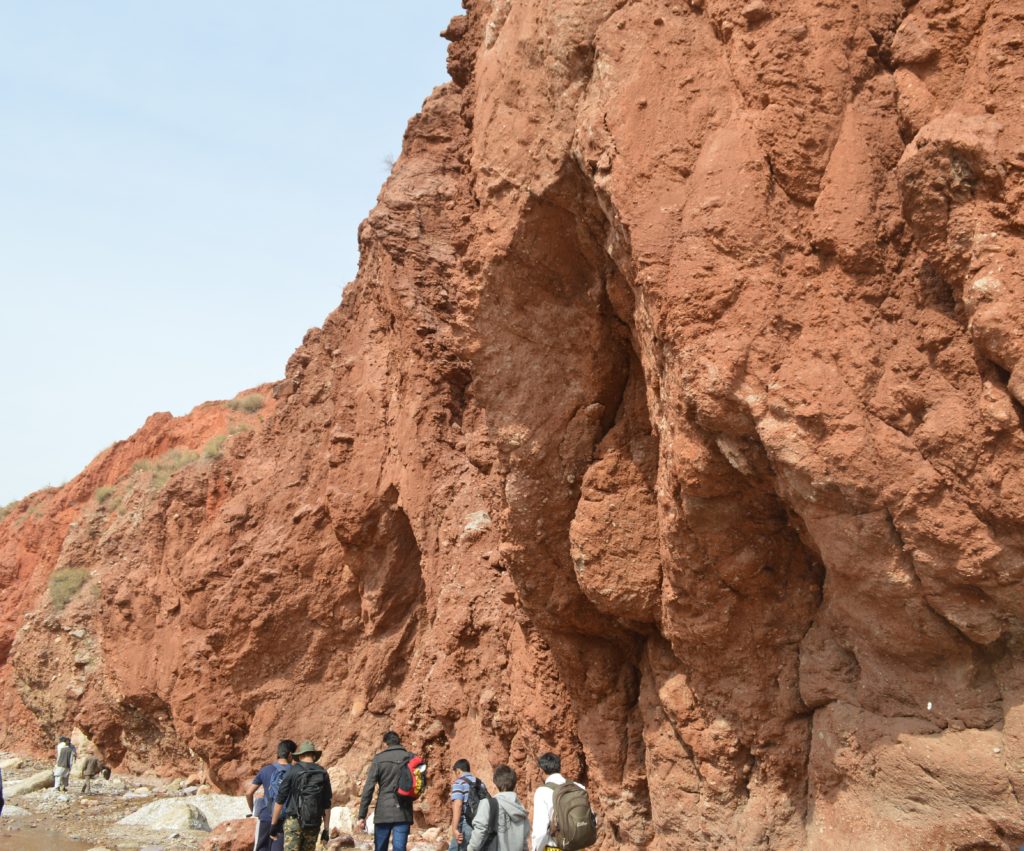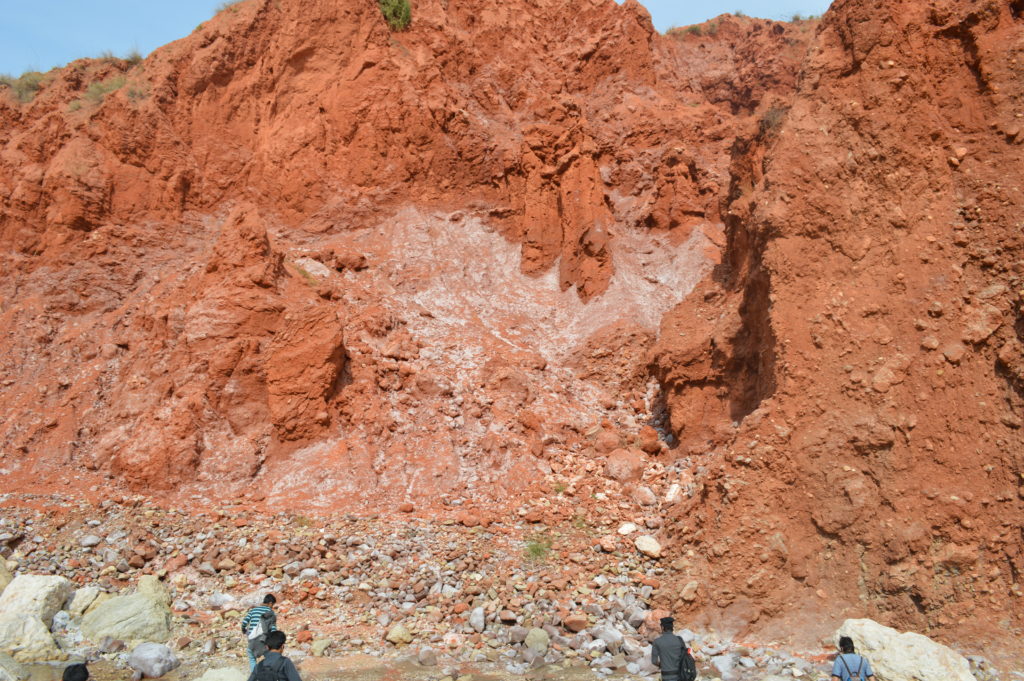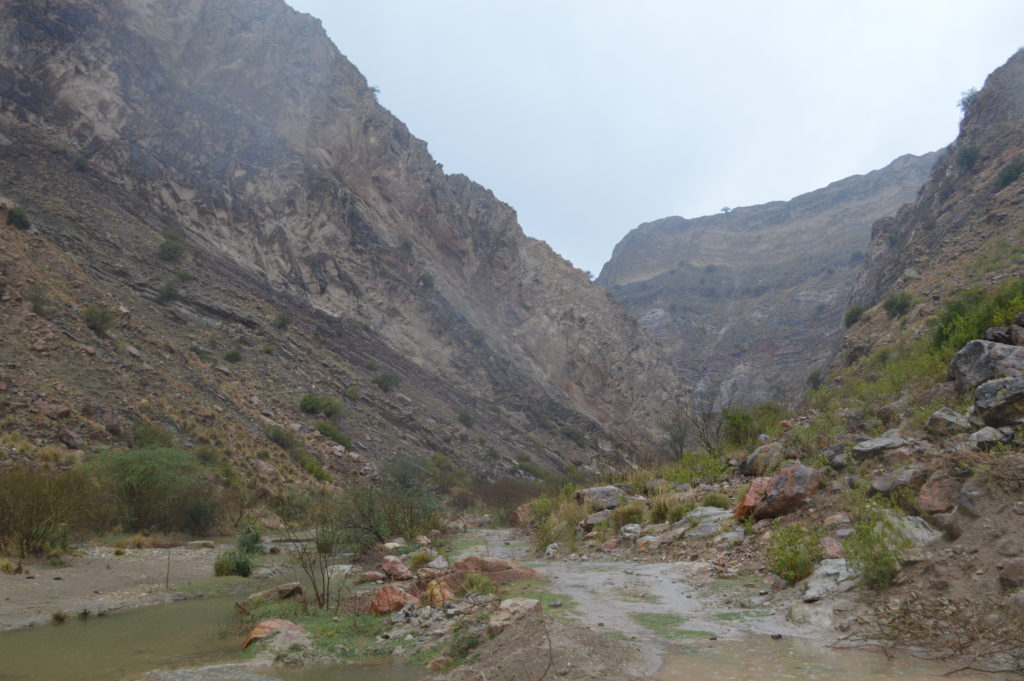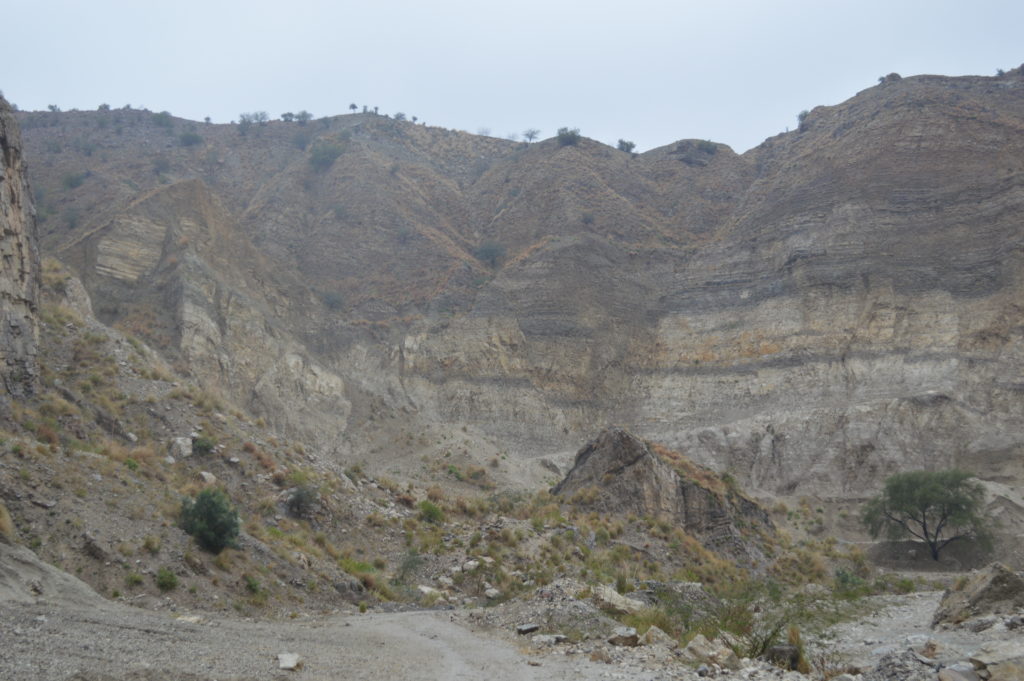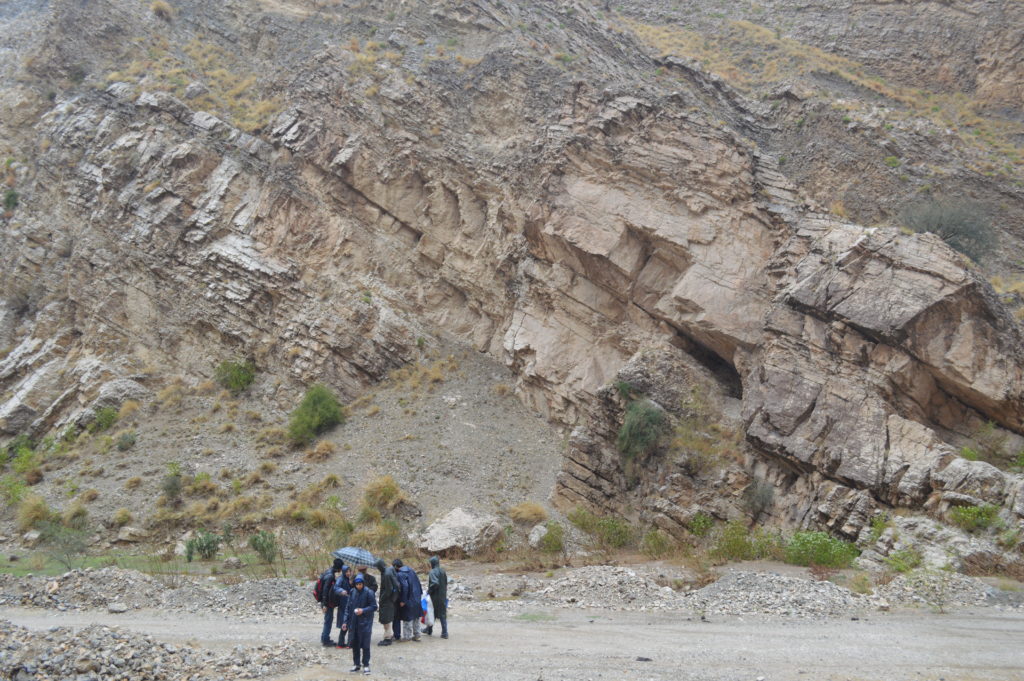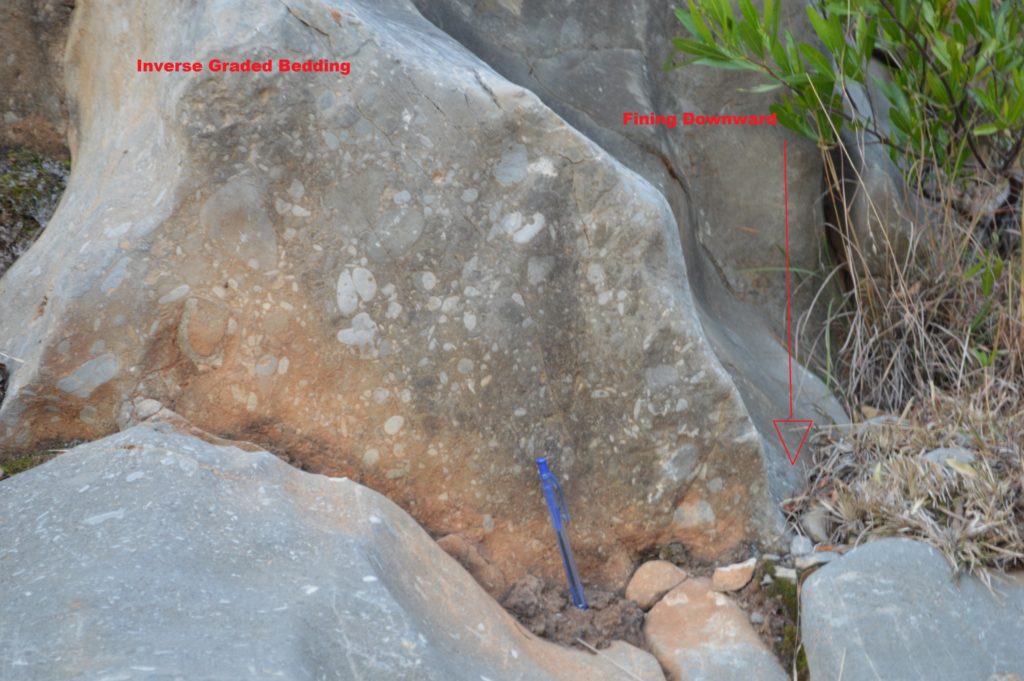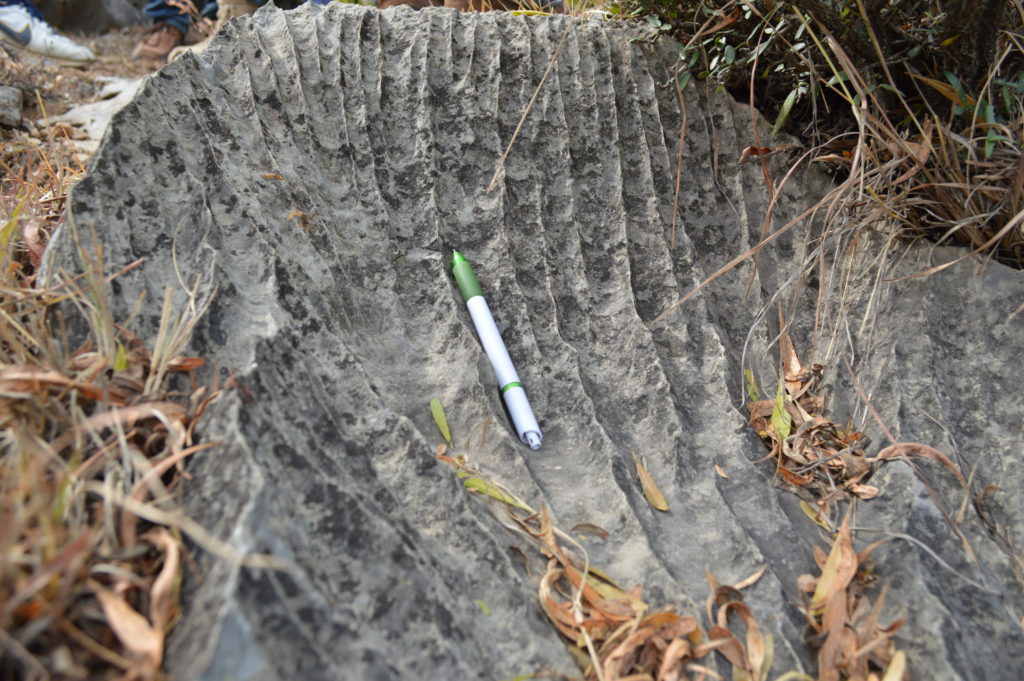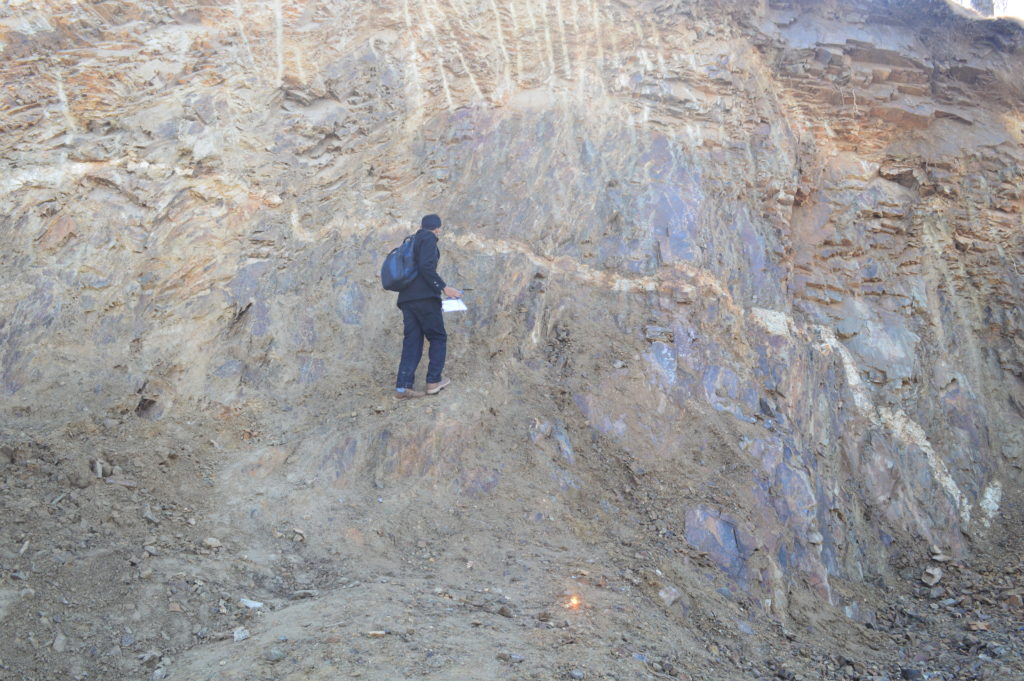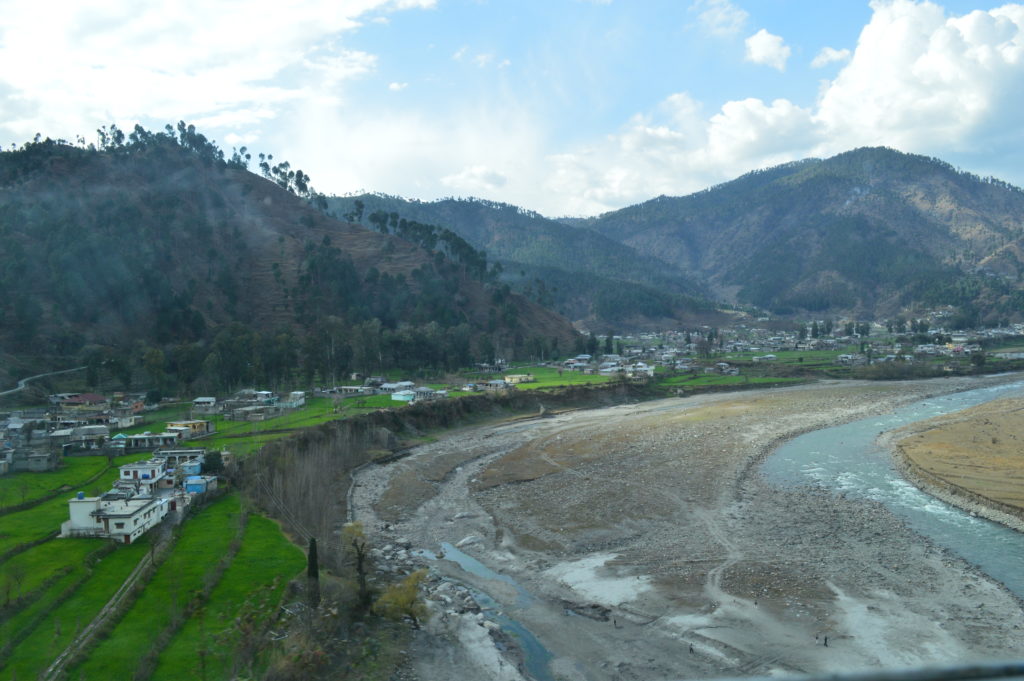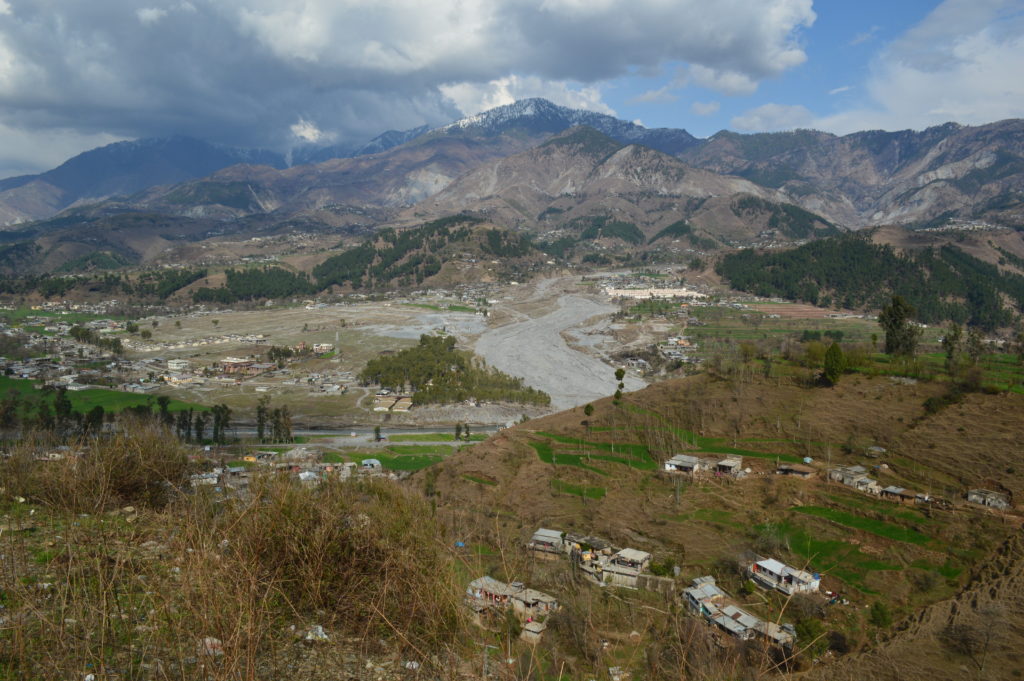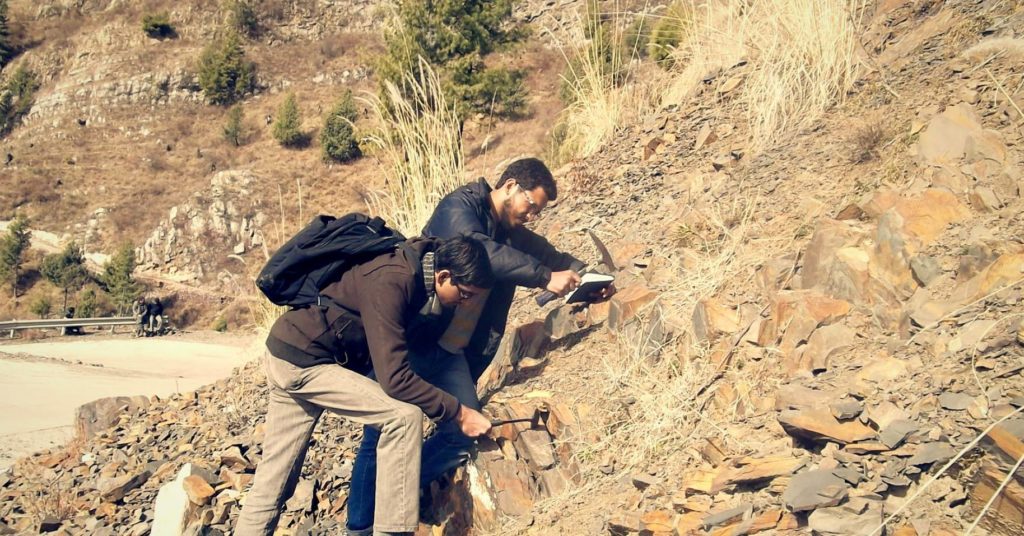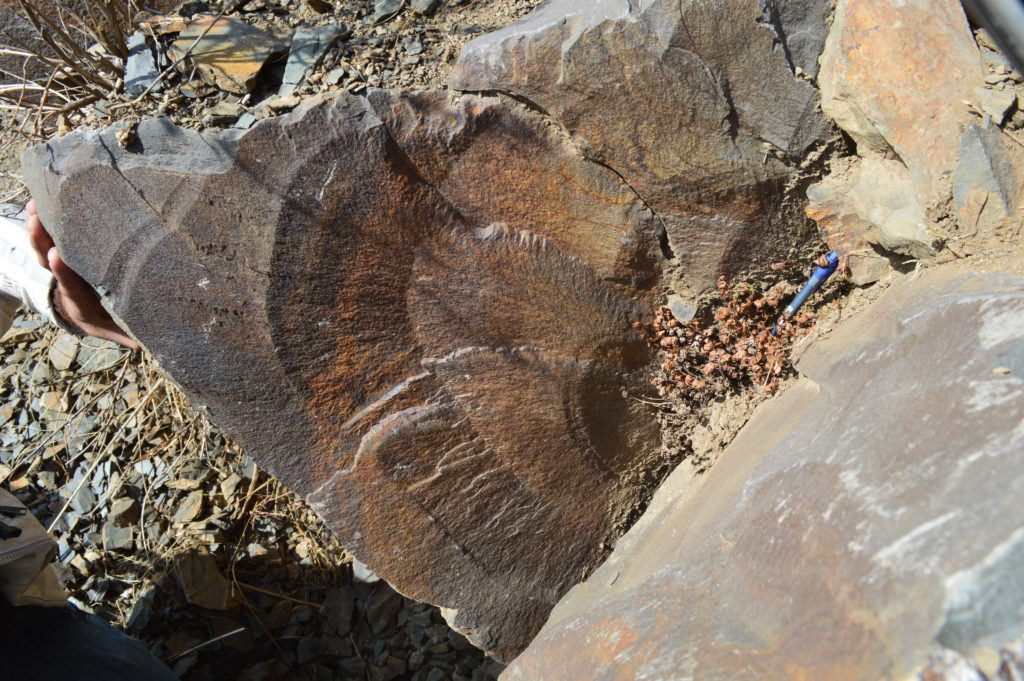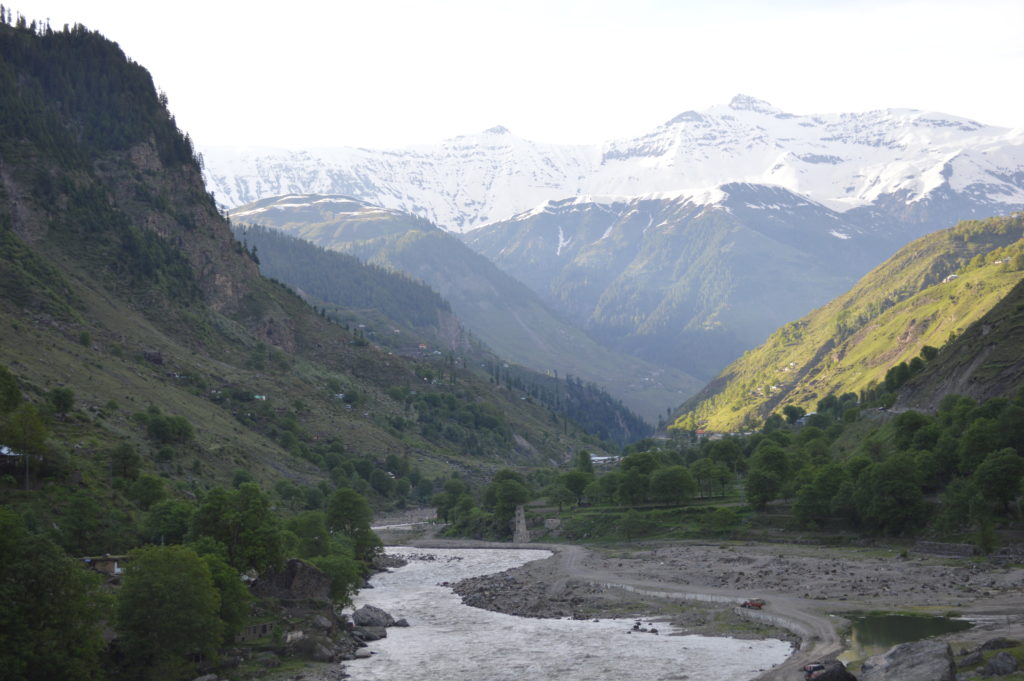Originally from Abu Dhabi, Mohammad Qasim Mehmood is currently in his third year of undergrad in Applied Geology at the Institute of Geology at the University of the Punjab in Lahore Pakistan. During his undergrad, he had the opportunity to visit and study the unique geology of Himalayas. He has studied a diversity of subjects like sedimentology, stratigraphy, petrology and structures of the rock units made in result of Himalayan orogeny. He is doing research on the sedimentology and tectonic evolution of the Hazara and Kashmir Basins, Northwest Lesser Himalayas, Pakistan. Qasim is also the owner and contributor of Learning Geology which is the Pakistan’s largest science website and outreach program. Learning Geology has published more than 400 blogs on basic geology which are playing an excellent role in nurturing and educating the new students in geology from all over the world.
The beginning of my field journey is very fascinating and why wouldn’t it be? I was heading to study the world’s most mighty mountain range. On crossing the Jehlum River, traveling from Lahore to Islamabad in northern Pakistan, there comes sudden uplifting known as sub-Himalaya comprising the Salt Range. It is economically very important for Pakistan due to the presence of world’s second largest salt mine.
The Salt Range was formed due to the under-thrusting of Indian Plate into Eurasian Plate. When we started moving in Eastern Salt Range (Khewra Gorge), the first rock unit was Salt Range Formation of Precambrian consisting of abundant salt, gypsum, and marl.
On the next day, we headed towards Western Salt Range in Mianwali city. Though the weather was so bad but I forgot everything about it when I came to know that we were going to see the Permian-Triassic extinction boundary and Namal Dam. The first structure which we saw there was Horst and Graben and it was fun to learn about them.
The P-T Boundary in the Namal Gorge is between the Chiddru and Mianwali Formations marking the extinction of Brachiopods of Permian Age and appearance of Ammonites of Mianwali Formation. This was my first experience of collecting fossils…. After this, we learned about the bedding terminologies of sedimentary rocks and yeah I learned a lot.
Whenever someone asked me about my favorite formation, I always said Samana Suk Limestone. The reason is that this formation gives very deep understandings to learn about rocks. And I believe, one can understand a major part of Sedimentology only through this formation because it has many sedimentary features like ripple marks, cross bedding, graded bedding, rillen karrens, burrows and oolites.
It was roughly 10 AM and we were guided to hike the mountain in Abbottabad to study the Hakley Granite which is the youngest phase of Mansehra Batholith (Cambrian Age). We marked enclaves like atolith and xenolith in it. These granites are excellent to study orogenic metamorphism are the result of subducting Indian Plate into Eurasian Plates. Onwards from Hakley Granite we saw a completely white rock unit, Albitite consists mainly of Albite. This Albitite has been in mining works for making ceramics products. All my fatigue removes when I saw this view from that hill.
The Lesser Himalayan zone is bounded the Main Central Thrust (MCT) in the north and Main Boundary Thrust (MBT) to the south. Unlike the higher Himalayas, the lessers only experienced up to greenschist facies metamorphism. The rock types present here are also different. They are primarily sedimentary rocks from the Indian platform. Moving in Lesser Himalaya we came across a wonderful dike. The dike is from the Mansehra Granite that intrudes into Tanol Formation. After traveling three hours, I got lost when I came across some spectacular scenes of Balakot Village in KPK Province.
Hammering the rocks is fun but it should be done with proper handling and caring. The Hazara Formation is one of the formations which helped me to learn more about pelites, psammites, and different features notably algal growths, bulbous structures, herring-bone, ball and pillow and plumose structures.
From the last two years, the best knowledge which I’ve learned from my fieldworks is about Himalayan orogeny and evolution of Kohistan Island Arc formed by subduction of Indian Plate beneath Eurasian Plate. The Himalayan mountain range and Tibetan plateau have formed as a result of the collision between the Indian Plate and Eurasian Plate which began 50 million years ago and continues today. The Trans-Himalaya zone is a linear plutonic complex and is partly covered by forearc rocks and continental molasse sedimentary rocks. These assemblages are derived from uplift of magmatic rocks and their subsequent erosion. The igneous complex consists of I-type lithologies, including gabbros, diorites, and granites.
Along these geological luxuries, these areas are also excellent in perspective of tourism…..
![]() This work is licensed under a Creative Commons Attribution-NonCommercial-ShareAlike 4.0 International License.
This work is licensed under a Creative Commons Attribution-NonCommercial-ShareAlike 4.0 International License.

